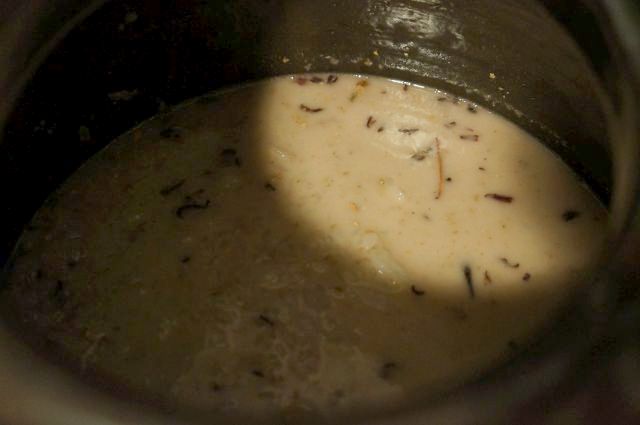Introduction to Brewing Makgeolli: The SOOL Company @ Susubori
The SOOL Company offers many instructional opportunities on the brewing of makgeolli in English. Coming up soon (very soon!) is the Introduction to Brewing Makgeolli course, which will be hosted at Susubori Academy. If you are in Korea and want to learn how to brew makgeolli from the ground up, the folks at The Sool Company will get you started on your journey on the right foot. The next class is June 11th , but there are still a few spots left open! Check out the link below to sign up! The Sool Company: Introduction to Brewing Makgeolli If you can't make the class on June 11th, check back at The Sool Company's Classes page for your next opportunity. BONUS: If you mention that you were referred through Moon & Lion Brewing The Sool Company is offering 5% off your next class. How nice! The Sool Company: Classes Happy brewing!


